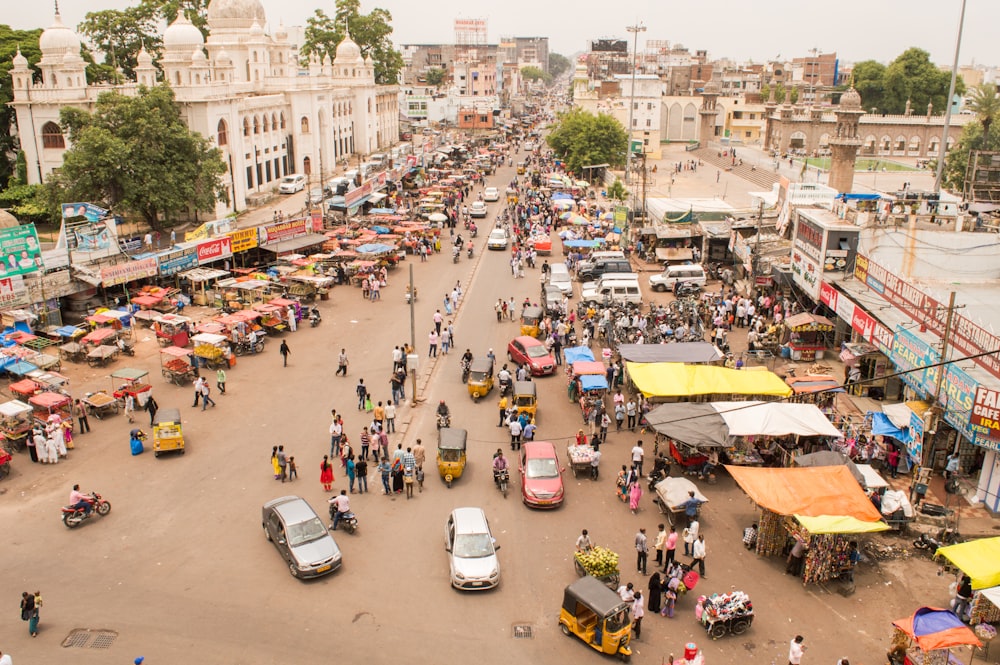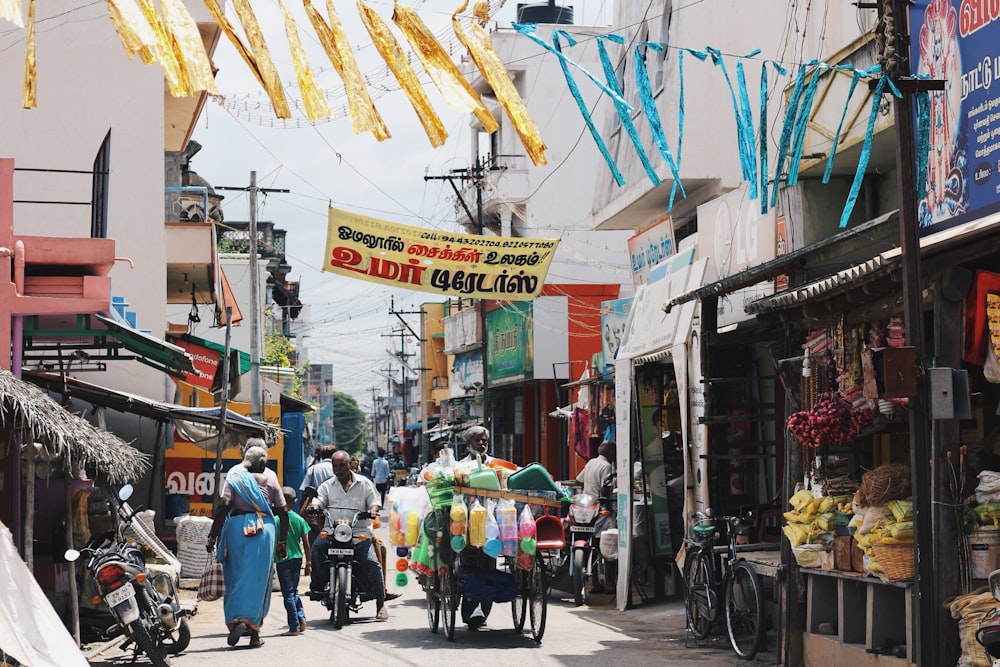
India is a unique land in many aspects despite being recognised as a developing country. It is the second largest in terms of population with diversity in almost all domains being a characteristic feature. We, as a nation, have been able to overcome many hurdles including the clutches of colonialism. We are a part of international commercial collaborations and global administrative bodies like G20 and BRICS, to name a few. Still, we haven't escaped the whining of the collateral hangovers of colonialism and the repercussions in the form of categories like ‘third world nation’ and ‘developing country’.
The very yardstick that categorises developing and developed nations are apparently skewed. Often developed and developing nations are assessed over parameters like the gross domestic product and the gross national product, per capita income etc. Another robust statistical method of distinguishing between these nations is the Human Development Index, which is not merely the economic characteristics as in the case of GDP or GNP, but rather on how it is being used for human development by means of education, health care etc. Before addressing the question of why India is still in its developing phase, we will distinguish between developing and developed nations.
Developing nations
|
Developed nations
|
High GDP, GNP and per capita income
|
Low to above average GDP, GNP, and per capita income
|
Major income source is the service sector.
|
Major income source is the industrial sector.
|
High Human Development index
|
Low Human Development index
|
Despite all concerted efforts like make in India and other economic reforms, India remains a developing nation probably because of the following contributing factors:
- Poverty: One of the largest concerns which we began addressing since independence, poverty is still deeply rooted in India. Apart from this, the disparity between the richest of the rich and the poorest of the poor has widened. According to a report by Oxfam, the richest 1 per cent of India holds nearly 73 per cent of the economy, paying way to an obscene inequality in economic distribution.
- Economic crises: India has a plethora of resources that can catapult it to higher ranks of development. But efficient means to extract these are still not discovered in spite of the years of getting looted off of our resources by other nations. Some of our major economic policies, especially in recent times, were short-sighted and have significantly slighted the economy of India.
- Improper use of resources: India fails miserably in identifying, extracting and scientifically managing its resources, be it from the rich natural resources to the immensely resourceful human capital. India, above all, could easily pass off as the greatest exporter of people with brains, thanks to factors like corruption and an inadequate reservation system.
- Threats to unity and peace: The rise in the number of communal clashes, crimes and atrocities across the nation takes a significant toll on our capacity to focus on development.
- Disaster management and resilience: India has a lot to learn from regions like Japan in this regard. 2018 was unfortunate for India with respect to a series of flooding across various states which has economically, physically and politically disrupted India. But India's approach to spring back was commendable but strenuous.
However, as mentioned above, the yardstick for development is not foolproof as the comparison is not completely equitable. India, with the world's second largest population, characterised by one of the richest diversities globally, not to mention the natural and man-made hurdles she had to overcome, has come a long way in terms of development. In spite of all these, India still has the potential to emerge into the forefront of developed nations, which could be one reason why she was chosen to be a part of global collaborations like G20 and BRICS.
- Ananda Krishnan
Want to get published on EMN and join the community? Here is an opportunity to join the Board of Young Leaders Program by Eat My News. Click here to know more: bit.ly/boardofyoungleaders
Want to get published on EMN and join the community? Here is an opportunity to join the Board of Young Leaders Program by Eat My News. Click here to know more: bit.ly/boardofyoungleaders










0 Comments